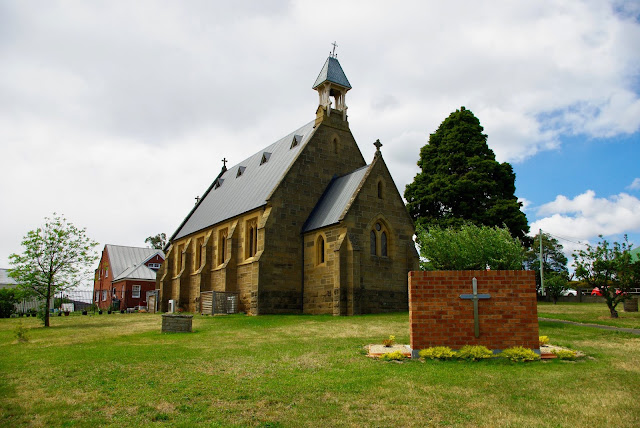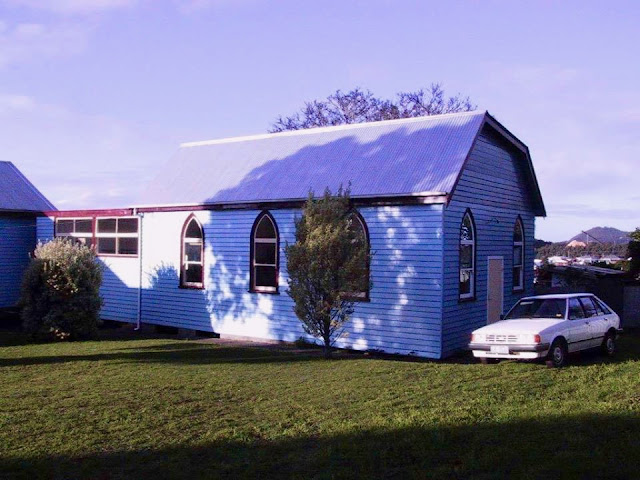No. 651 - Hamilton - St Stephen's Catholic Church

Hamilton is historic town on the Lyell Highway located approximately 70 kilometres from Hobart. The town was named by Governor Arthur, either after Hamilton on the Lower Clyde in Scotland or in honour of his friend William Henry Hamilton. From the time of the town’s settlement in the 1820’s only two churches have been established; St Peter’s Anglican church and St Stephen’s Catholic church. The latter has closed in recent years. In fact, two Catholic churches were built at Hamilton, the first opened in 1856 and the second in 1958. Hamilton’s Catholic population was once sizeable as attested by the large Catholic cemetery which contains almost 200 headstones. There is little freely available information about the establishment of either of the two Catholic churches. There is no newspaper record of the opening of the first church. In January 1857 The Courier reported that a Roman Catholic Chapel had been erected in Hamilton in the previous year. However in March 1857 the Hobart To...





